Audio
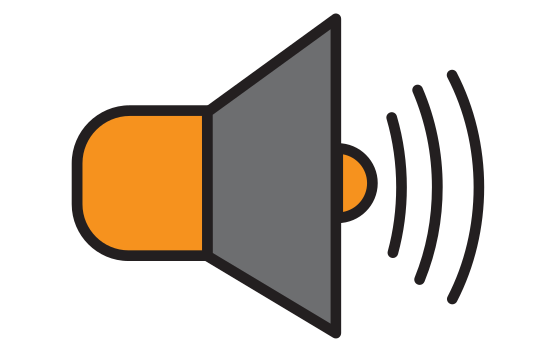
Audio content such as music, sounds or voice recordings is used in almost all modern systems that interact with users. Sound signals are a universal and simple feedback method that is intuitive to any user. They help users understand that their action has reached the system and can even help them understand the system's reaction. Additionally, sound signals can be generated programmatically, which means there is no need to allocate large computing power for this.
If we need to use a more complex soundtrack, full-fledged audio recordings are necessary. The most common format for this is mp3, or other codecs, which enable us to play music, record or play sounds from a microphone, store and use a large media library.
When using microcontrollers like Arduino, we need separate boards with their own processor for decoding and playback tools. These boards will be controlled by the main controller via one of the digital interfaces, such as i2c.
However, when using microcomputers like Raspberry Pi, everything we need is already available. The memory card from which the main system boots can be used to store audio files, and the interface for connecting recording and playback devices (3.5mm jack or HDMI) is already on the board.
If we want to not only record and play audio, but also transcode and edit, then the power of microcontrollers or even microcomputers may no longer be enough. Here, it is advisable to use a full-fledged PC and tools that will run in a familiar operating system. Libraries for working with audio are available in almost all frameworks and development environments, so the implementation of this or that functionality is limited only by the imagination and professional skills of the developer.
Door Lock with face recognition by neural network
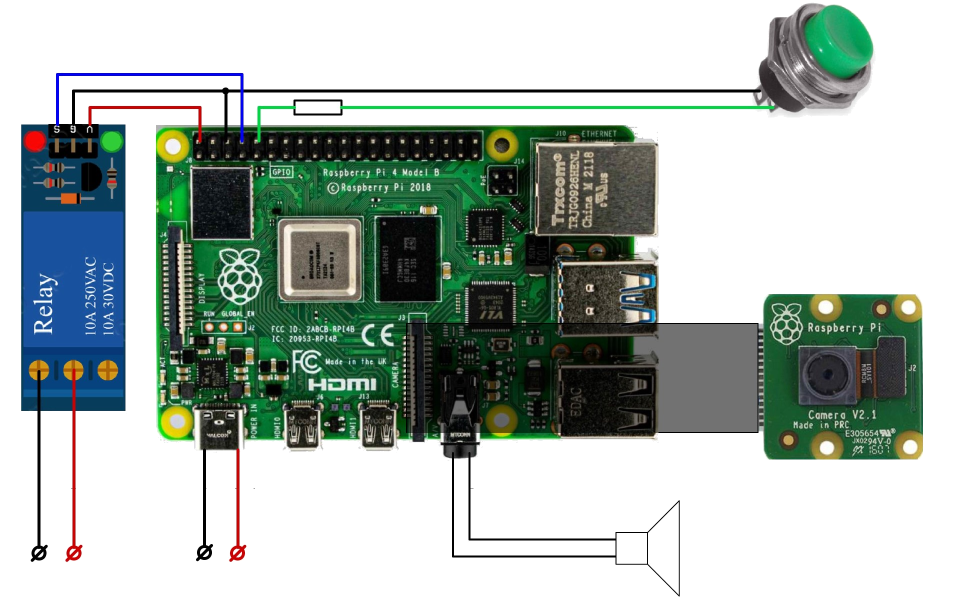
Door lock with unlocking based on facial recognition results (from the entrance camera). The door is closed with an electric lock, which can be opened using a relay. After pressing the button, a photo of the person standing in front of the door is taken by the camera and a short buzzer sounds. After this, the controller is compared with a reference face using a facial recognition system based on a neural network.
Alarm system with ultrasonic proximity sensors
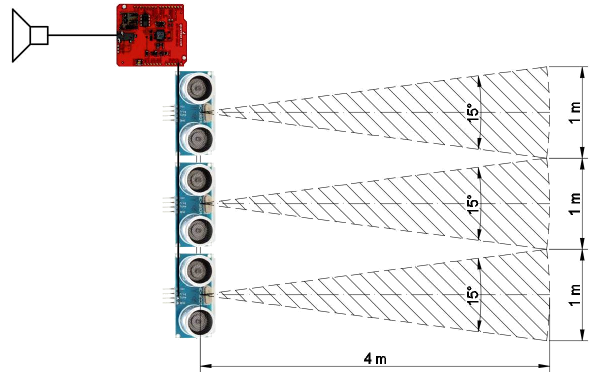
When the proximity sensor is triggered (when approaching or moving away to a certain distance or when motion is detected), a sound signal or a pre-made recording is output. Each sensor can be configured independently. The recording displayed on the speakers is different, depending on the triggered sensor, or one for all The sound signal can be turned off either after the obstacle disappears, or will continue until manual shutdown.
Advertising stand
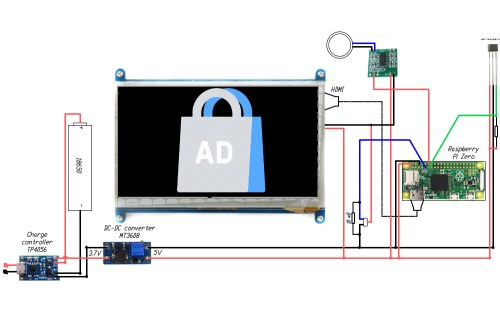
Presenter for playing commercials to visitors of presentations Based on Raspberry Pi for video and audio playback. Can be installed inside any part of presentation stand and start working when a visitor approaches, the lid is opened, and other actions.
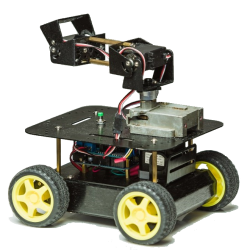
 Books
Books Technology
Technology Electronics
Electronics Programming
Programming Web-interface
Web-interface Windowed Application
Windowed Application Video
Video Images
Images Audio
Audio Text
Text HTML
HTML Graphical interface
Graphical interface Lof-files
Lof-files Neural networks
Neural networks All tags
All tags Weaponry
Weaponry Arduino
Arduino Projects
Projects